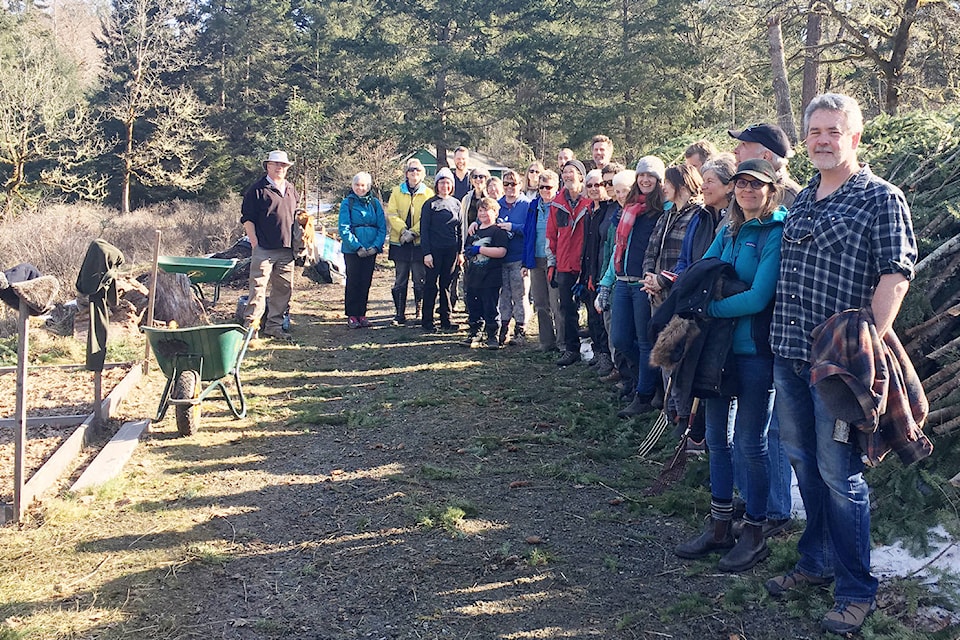The race to preserve the native Garry oak habitat in the face of invasive species is about time and consistent effort. For the second year in a row, the Nature Conservancy’s Garry Oak Meadow Marathon centralizes the myriad spring conservation efforts underway to preserve Garry oak meadows.
“We took a look around at all these events happening, put on by different groups, and we thought we could create this umbrella to group them under,” said Nature Conservancy spokesperson Lesley Neilson. “We asked ourselves, ‘Why are we all doing this indendently?”
READ MORE: Saanich postpones plans for rezoning and subdivsion over Garry oak trees
On Sunday the Nature Conservancy held a Garry oak conservation workshop at the Cowichan Garry Oak Preserve in Duncan as part of the marathon events calendar.
Events are hosted throughout the winter and spring by Saanich Parks, Saanich Native Plants, Haliburton Farm, Swan Lake Christmas Hill Nature Sanctuary, Greater Victoria Green Teams, CRD Regional Parks, Parks Canada, Habitat Acquisition Trust, the Friends of Uplands Park, Salt Spring Island Conservancy and the Nature Conservancy of Canada.
So far it’s been a slow start due to the snowy weather, Neilson said.
“It’s been a tough go. The unusually snowy February has impacted the events, some were canceled and rescheduled… but things are getting going now,” she said.
READ ALSO: Highlands landowners being called on to bash broom
“We’re all doing it because it’s a really important and rare ecosystem that’s only found on the Southern Island and Gulf Islands, and only five per cent is left, it’s very important to our area.”
As a metaphor, the term marathon aptly describes the commitment needed to rid an area of invasive plants so the native plants can thrive again, Neilson explained.
“The main thing we do is remove invasives and they’re really hard to get rid of,” she said. “You have to keep going back at it, remove what you can, get the roots out, and over time you can win but it really does take a sustained effort.”
“If we can talk about it as a group then our voice is a little bit louder, and we can raise that much more awareness. Nature’s resilient and through these restoration efforts we really can keep what we have and bring even more back, if we make the decision and put in the effort to do so.”
